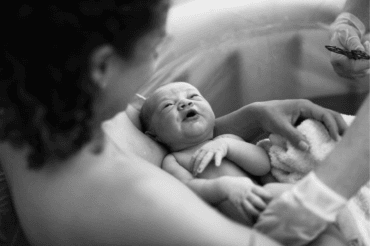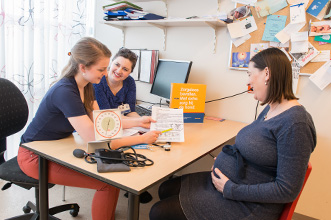Autors: Nicole Ginter, Lea Takács, Martine J. M. Boon, Corine J. M. Verhoeven, Hannah G. Dahlen en Lilian L. Peters
Published: International Journal of Environmental Research and Public Health, July 20 2022
Abstract:
- Background: A traumatic birth can lead to the development of childbirth-related posttraumatic stress symptoms or disorder (CB-PTS/D). Literature has identified the risk factors for developing CB-PTS/D within the first six months postpartum thoroughly. However, the impact of mode of birth on CB-PTS/D beyond 6 months postpartum is scarcely studied.
- Methods: A systematic search of the literature was conducted in the databases PubMed, Embase and CINAHL and PRISMA guidelines were followed. Studies were included if they reported the impact of mode of birth on CB-PTS/D beyond 6 months postpartum. (3) Results: In total, 26 quantitative and 2 qualitative studies were included. In the quantitative studies the percentage of women with CBPTS/D ranged from 0.7% to 42% (between six months and five years postpartum). Compared with vaginal birth, operative vaginal birth, and emergency caesarean section were associated with CBPTS/D beyond 6 months postpartum. Qualitative studies revealed that some women were suffering from CB-PTS/D as long as 18 years after birth. (4) Conclusions: Long- term screening of women for PTSD in the postnatal period could be beneficial. More research is needed on models of care that help prevent CB-PTS/D, identifying women at risk and factors that maintain CB-PTS/D beyond6 months postpartum.





